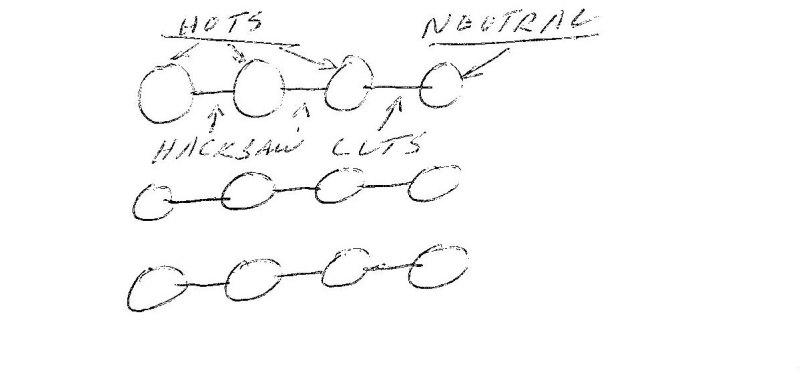Hi
Kindly review the following for a generator rated for 500kVA, 400V, 3P4W, 50Hhz, fitted with Unrestricted Ground Fault Protection System is tripping on ground fault. Upon inspection we have found:
1) The insulation resistance for all winding are over 1000 M.Ohms
2) There is no leakage from the load
3) The leakage current measured from the alternator body to Neutral is increasing with the load (~1A at 100kW, ~2.5A at 200kW, ~3.75A, ~5A at 300kW and ~6.5A at 400kW.
4) The conduit box for alternator is found with steel plate and the plate is magnetizing.
Though the insulation resistance for all windings are found good, we have stripped the alternator, cleaned the windings, dried in the oven, varnished. Removed the steel gland plate and re-tested and found the leakage is reduced by 40%
Questions:
1) What could be the reason for such leakage when the insulation resistance is good?
2) If such leakage is common, what will be the maximum permitted?
Regards
Prakash
Kindly review the following for a generator rated for 500kVA, 400V, 3P4W, 50Hhz, fitted with Unrestricted Ground Fault Protection System is tripping on ground fault. Upon inspection we have found:
1) The insulation resistance for all winding are over 1000 M.Ohms
2) There is no leakage from the load
3) The leakage current measured from the alternator body to Neutral is increasing with the load (~1A at 100kW, ~2.5A at 200kW, ~3.75A, ~5A at 300kW and ~6.5A at 400kW.
4) The conduit box for alternator is found with steel plate and the plate is magnetizing.
Though the insulation resistance for all windings are found good, we have stripped the alternator, cleaned the windings, dried in the oven, varnished. Removed the steel gland plate and re-tested and found the leakage is reduced by 40%
Questions:
1) What could be the reason for such leakage when the insulation resistance is good?
2) If such leakage is common, what will be the maximum permitted?
Regards
Prakash

